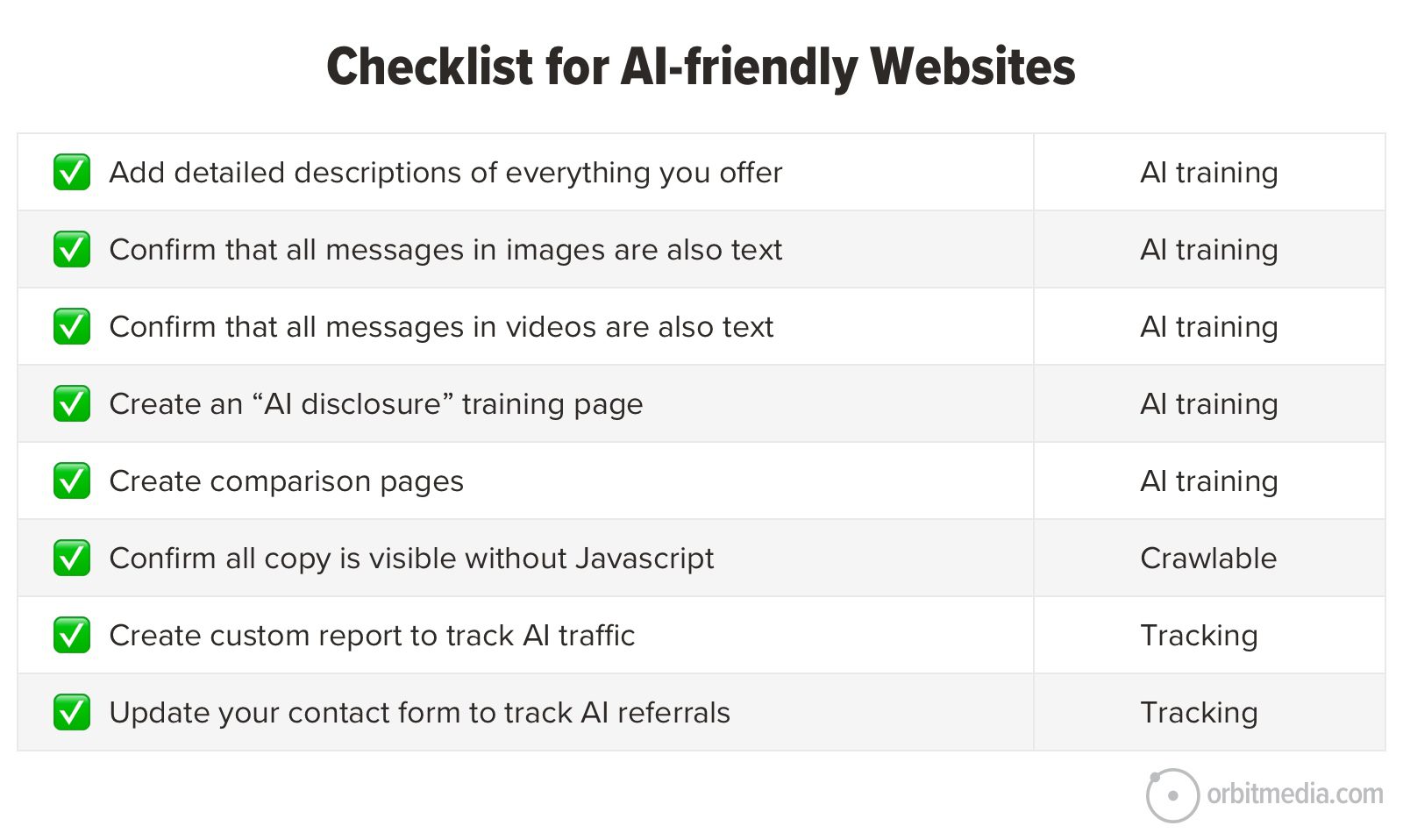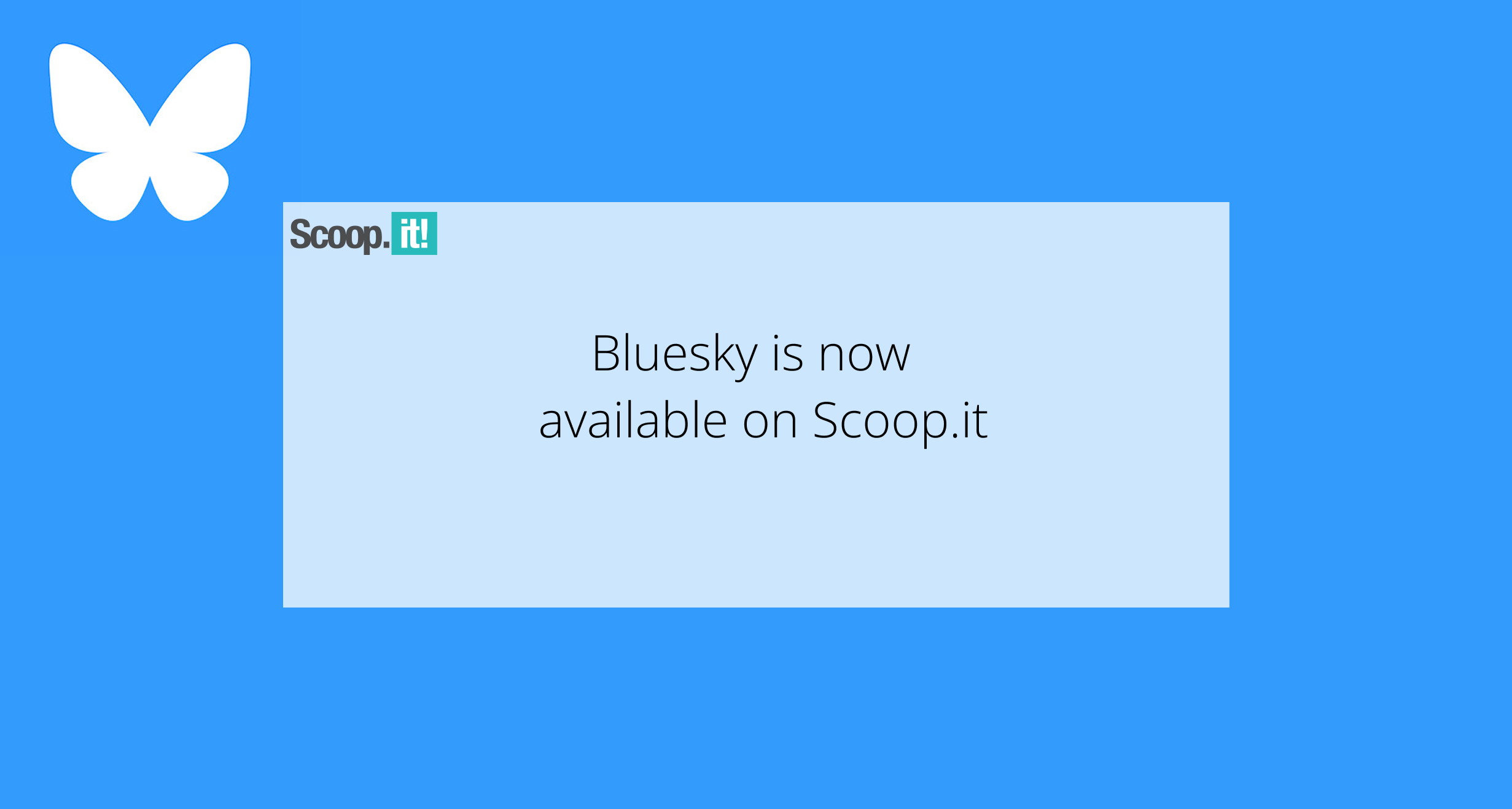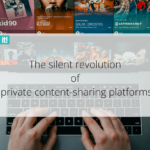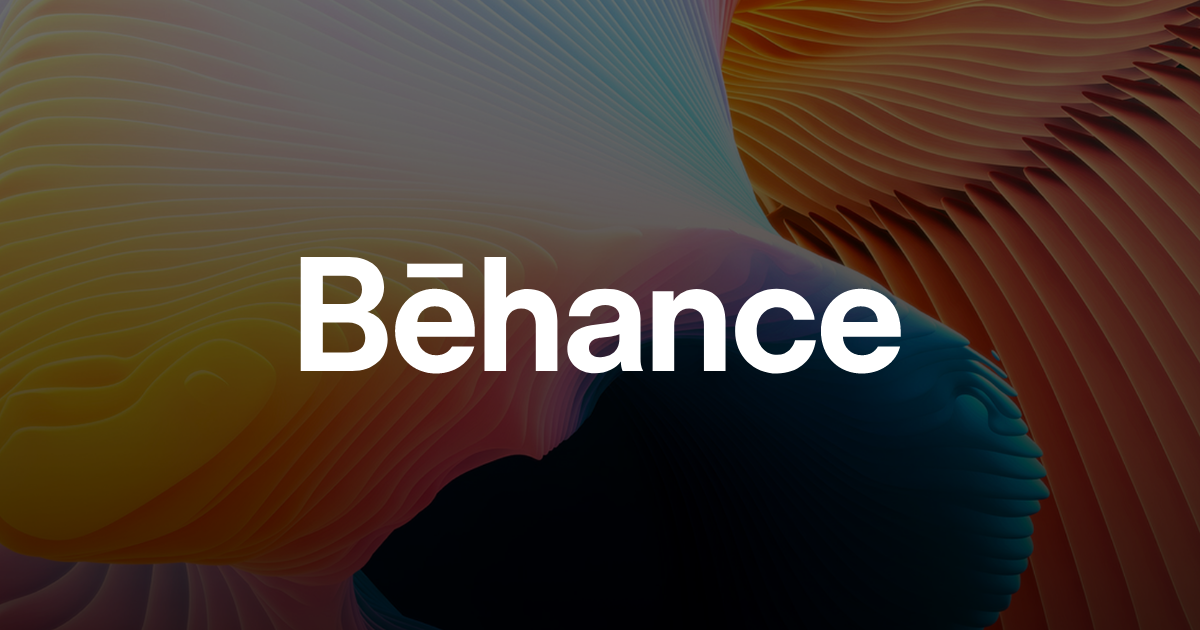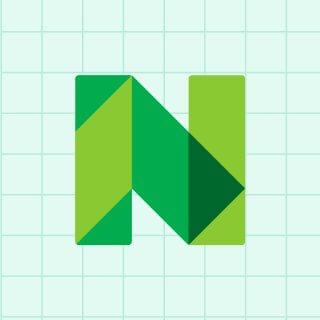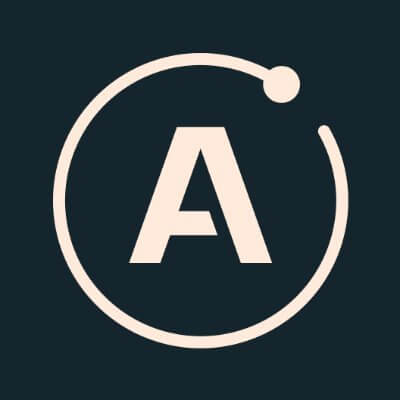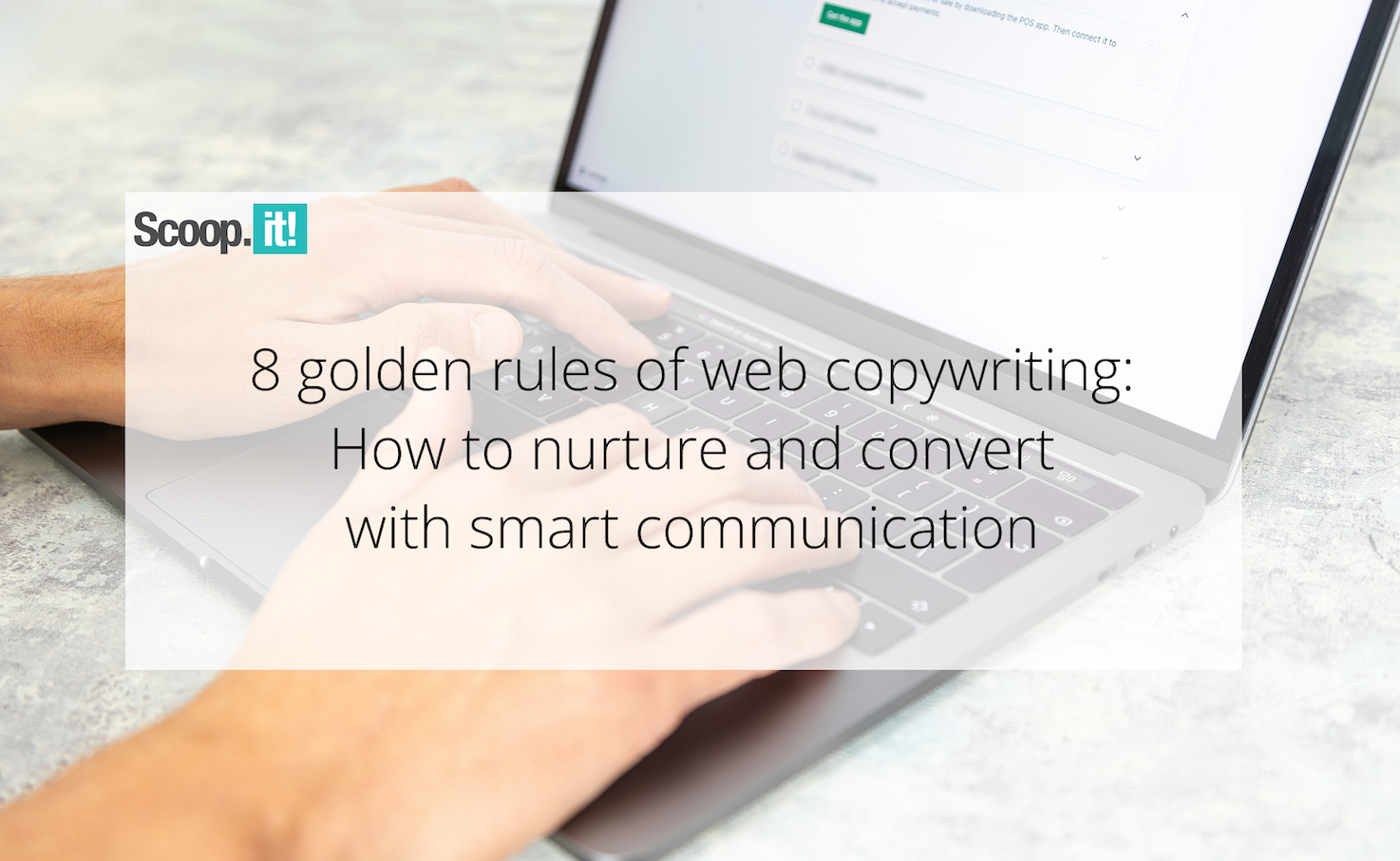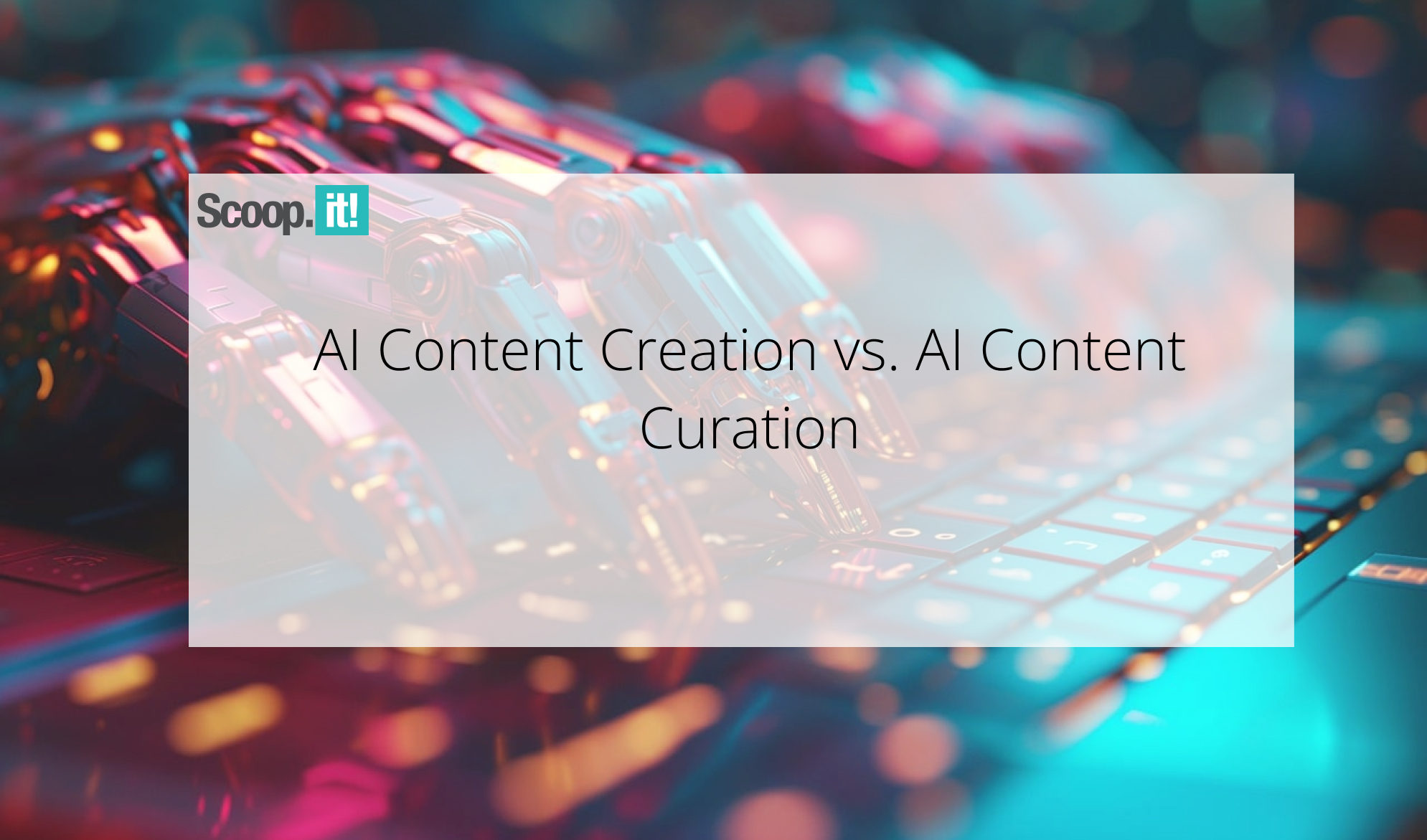How Content Curation is Transforming Education
Content curation is changing the way teachers teach and students learn, making lessons more engaging, personalized, and up-to-date. Discover how curation can transform your classroom—read on! The post How Content Curation is Transforming Education appeared first on Scoop.it Blog.
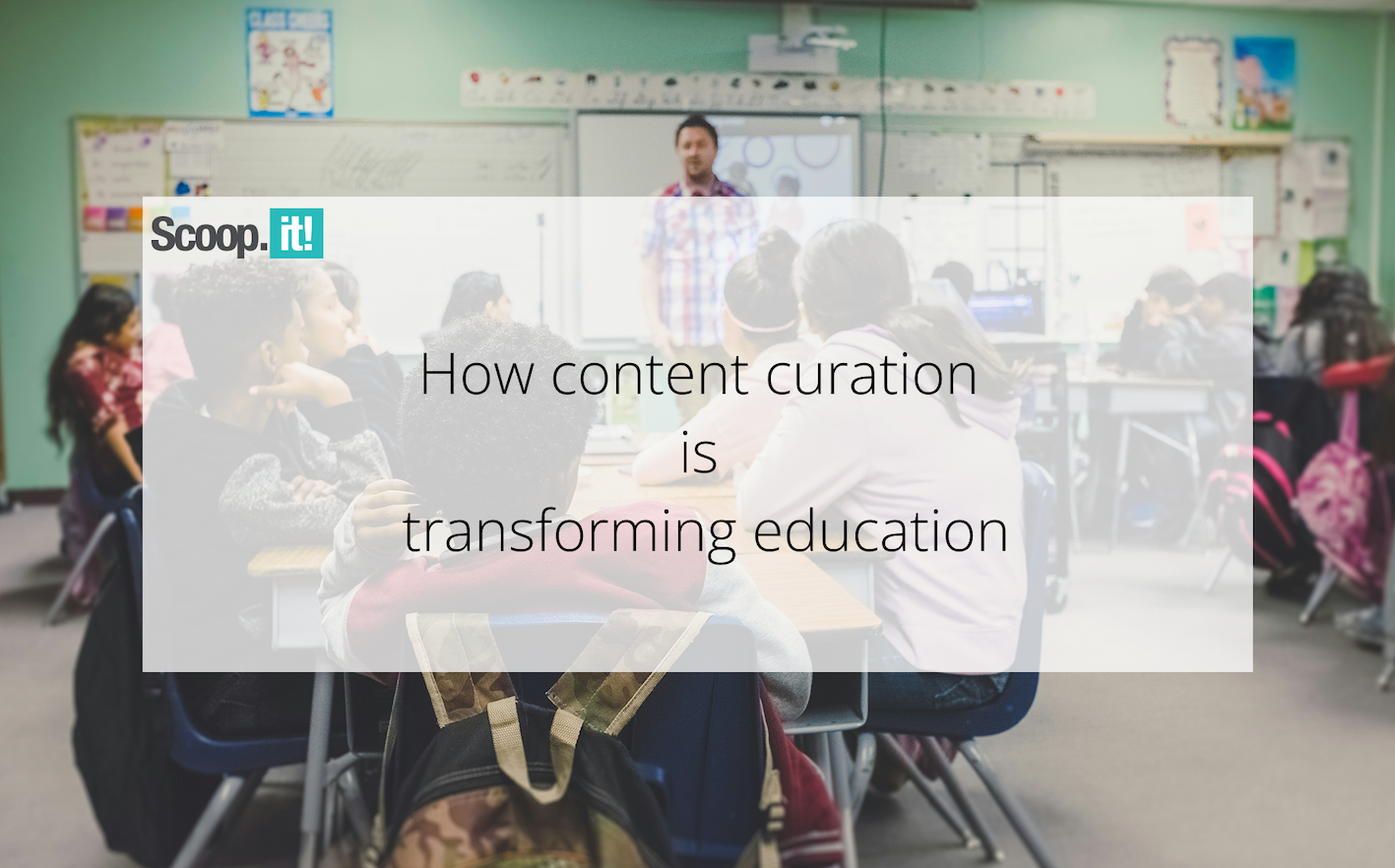
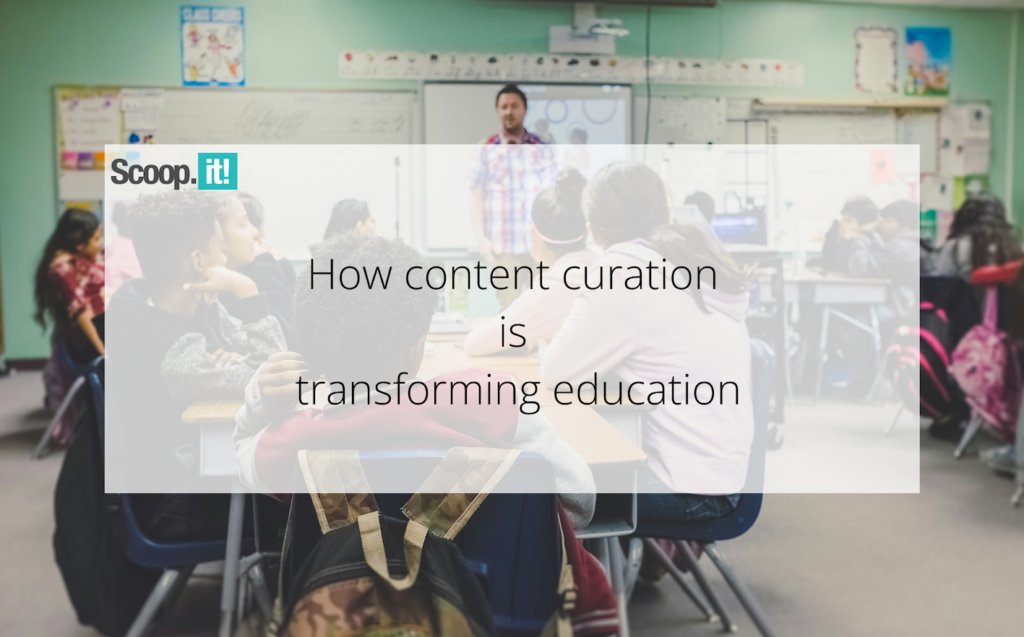
In today’s fast-paced educational landscape, content curation helps teachers streamline lesson planning, enhance student engagement, and personalize learning. With the vast amount of information available online, educators face the challenge of identifying credible, relevant, and high-quality resources. Effective curation allows them to filter out unreliable content, ensuring that students access accurate and diverse perspectives that enrich their understanding.
Beyond saving time, content curation fosters innovation in teaching methods, enabling educators to integrate multimedia resources, real-world case studies, and interactive materials that cater to different learning styles. It also plays a crucial role in developing students’ critical thinking skills, as they learn to assess the credibility of sources and synthesize information effectively.
Additionally, by continuously updating and refining curated materials, teachers stay informed about the latest educational trends, technological advancements, and pedagogical strategies. This ongoing process not only enhances instructional effectiveness but also supports professional growth.
This article explores how content curation can optimize the teaching and learning environment, making education more engaging, adaptive, and impactful for both teachers and students.
Saves Time for Teachers
Content curation streamlines lesson planning by providing educators with pre-selected, high-quality resources, allowing them to focus more on instruction. In an era where teachers face increasing workloads and administrative tasks, finding ways to optimize lesson preparation is essential to maintaining both teaching quality and work-life balance.
- Quick Access to Quality Resources
Teachers often spend hours searching for credible and engaging materials. The challenge lies in filtering vast amounts of information to find trustworthy and relevant content. Curated content—such as articles, videos, and interactive activities—reduces this workload while ensuring students receive reliable and diverse learning materials. Platforms like Scoop.it can help educators organize and retrieve these resources effortlessly.
- Reusable Lesson Materials
Creating effective lesson plans and materials from scratch takes significant time. A well-organized digital repository allows teachers to store lesson plans, worksheets, and multimedia content for future use. This addresses the challenge of time constraints while maintaining instructional quality, especially for subjects with foundational concepts like math, grammar, and history. - Simplifies Differentiation
One of the biggest challenges in teaching is meeting the diverse needs of students. By categorizing resources by difficulty level, curated content helps personalize learning. Struggling learners can access simplified explanations and extra practice, while advanced students explore more challenging materials, ensuring that every student progresses at their own pace. - Keeps Lessons Updated
In fast-evolving fields like science, technology, and current events, outdated materials can hinder student learning. The challenge for educators is staying informed amid their busy schedules. Subscribing to trusted educational blogs and research journals ensures that lesson content remains current and aligned with the latest developments. - Facilitates Collaboration
Teachers often work in isolation, leading to duplicated efforts in resource creation. Collaborative curation allows educators to build and maintain shared libraries of teaching materials, fostering knowledge-sharing and reducing redundant work. This not only enhances lesson quality but also encourages a culture of teamwork and continuous improvement.
Enhances Student Learning
Curated content provides students with diverse perspectives and up-to-date information, making learning more engaging and accessible. In an age of information overload, one of the biggest challenges in education is ensuring that students receive accurate, relevant, and thought-provoking content that helps them develop critical thinking and adaptability.
- Provides Diverse Perspectives
One of the key challenges in education is overcoming bias and encouraging well-rounded thinking. Access to multiple sources—such as expert opinions and firsthand accounts—helps students analyze biases, compare arguments, and develop critical thinking skills, preparing them for a world where information must be evaluated critically.
- Increases Engagement
Many students struggle with traditional, text-heavy learning methods, leading to disengagement. Multimedia content—videos, podcasts, and interactive simulations—makes learning more dynamic and immersive. For instance, a science lesson on climate change could incorporate a documentary, a carbon footprint calculator, and a TED Talk, making abstract concepts more tangible. - Supports Personalized Learning
Every student learns differently, and a one-size-fits-all approach often fails to meet diverse learning needs. Curated resources can cater to different learning paces and styles, offering varied formats such as audiobooks, videos, and research articles to meet individual needs, ensuring that all students can engage with the material in a way that suits them best. - Encourages Independent Research
In an era where misinformation is prevalent, students need to develop strong research skills. By curating their own collections of credible resources, they learn to assess reliability, synthesize information, and form well-supported conclusions—essential skills for both academic success and informed citizenship. - Ensures Up-to-Date Information
Traditional textbooks quickly become outdated, making it difficult for students to engage with current knowledge. Curated content allows them to explore the latest research and real-world developments, ensuring their learning remains relevant and aligned with contemporary issues.
Promotes Critical Thinking
By exposing students to diverse sources and viewpoints, curated content fosters critical analysis, improving research and decision-making skills. In an era of misinformation and biased narratives, one of the biggest challenges in education is equipping students with the ability to think independently, question information, and make informed judgments.
- Encourages Source Evaluation
The challenge of distinguishing credible information from misinformation is more pressing than ever. Students learn to assess credibility, bias, and reliability, recognizing how different media outlets frame the same event differently. This skill is crucial for navigating today’s complex information landscape. - Develops Analytical Skills
Many students struggle with surface-level thinking and fail to critically engage with content. Analyzing multiple perspectives teaches them to identify logical flaws, question assumptions, and assess arguments more deeply, fostering a habit of deeper, more thoughtful inquiry. - Enhances Decision-Making
With an overwhelming amount of information available, students often find it difficult to determine what is truly relevant. By evaluating and organizing information, they refine their ability to prioritize essential data for academic and real-world decision-making, helping them become more discerning and strategic thinkers. - Teaches Information Synthesis
A major challenge in research is the ability to make connections between different sources rather than simply collecting facts. Students learn to integrate insights from various viewpoints to develop well-rounded perspectives on complex topics, improving their ability to articulate informed conclusions.
Encourages Personalized Learning
Teachers can tailor curated content to individual student needs, enabling learners to grasp concepts at their own pace. One of the biggest challenges in education is addressing the diverse abilities, interests, and learning styles within a single classroom. Content curation helps bridge this gap by providing flexible and adaptable learning materials.
- Provides Differentiated Resources
A major challenge in education is ensuring that all students, regardless of skill level, have access to appropriate learning materials. Content is curated at varying difficulty levels, ensuring equitable access and allowing students to work at a pace that suits their understanding. - Supports Multiple Learning Styles
Not all students learn effectively through traditional textbooks and lectures. Videos, articles, and podcasts cater to diverse learning preferences, making content more accessible and engaging for visual, auditory, and kinesthetic learners. - Allows Self-Paced Learning
In traditional classrooms, students often struggle to keep up with rigid lesson timelines. Curated content enables them to revisit tutorials or move ahead to advanced topics as needed, promoting mastery-based learning rather than one-size-fits-all instruction. - Facilitates Student Choice
Many students disengage when they feel they have little control over their learning. Offering varied content formats fosters autonomy and deeper engagement, empowering students to take ownership of their education and explore topics in ways that resonate with them. - Aligns with Individual Interests
A challenge in maintaining student motivation is making learning relevant to their lives. Teachers can curate content based on student interests, career goals, or real-world applications, making lessons more meaningful and inspiring. - Adapts to Learning Gaps
In a mixed-ability classroom, some students need reinforcement while others require enrichment. Curated content provides targeted remediation and extension activities, ensuring all students receive appropriate support to strengthen their understanding.
Supports Professional Development
Curated professional learning resources help educators stay updated on teaching strategies, educational trends, and subject advancements. One of the biggest challenges teachers face is finding the time and resources to stay current in a rapidly evolving education landscape. Content curation streamlines professional growth by providing targeted, high-quality learning materials.
- Keeps Educators Updated
With constant changes in curriculum standards, pedagogy, and student needs, staying informed can be overwhelming. Subscribing to trusted education sources ensures teachers stay up to date on curriculum development and student engagement strategies without the hassle of sifting through irrelevant information.
- Provides Access to Best Practices
Many educators struggle to find effective teaching techniques that have been tested and proven. Curated resources offer research-backed strategies, classroom management techniques, and lesson design models that enhance instructional effectiveness.
- Saves Time on Research
Teachers already juggle heavy workloads, leaving little time for professional learning. Pre-selected, high-quality professional development materials allow educators to focus on learning and teaching rather than spending hours searching for reliable resources. - Supports Continuous Learning
Professional development should be an ongoing process, but access to traditional training sessions can be limited. Blogs, podcasts, webinars, and online courses provide flexible, on-demand learning opportunities that help teachers grow throughout their careers. - Facilitates Reflection and Growth
Many educators struggle with self-assessment and refining their teaching methods. Engaging with curated content helps teachers reflect on their practices, discover new insights, and implement innovative strategies effectively. - Offers Personalized PD Paths
Generic training sessions often fail to meet individual teacher needs. Educators can curate professional learning resources tailored to their interests, subject areas, and career goals, making development more engaging, relevant, and impactful.
A well-structured content curation strategy allows educators to create more engaging, adaptive, and high-quality learning experiences for their students while also supporting their own professional growth. In today’s fast-paced, information-driven world, where knowledge is constantly evolving, both teachers and students need efficient ways to access, evaluate, and utilize relevant content.
For teachers, content curation addresses the challenge of keeping up with new pedagogical approaches, curriculum updates, and technological advancements, saving them time while enhancing instructional quality. By leveraging curated resources, educators can stay informed, refine their teaching practices, and provide students with up-to-date and diverse learning materials.
For students, curation promotes independent learning, critical thinking, and digital literacy—skills that are crucial in an era of information overload and misinformation. With the ability to navigate and assess multiple sources, learners become more autonomous and develop a deeper understanding of complex topics.
In a time where education must adapt to rapid societal and technological changes, content curation is no longer a luxury but a necessity. It empowers educators to teach more effectively and helps students build essential 21st-century skills, ensuring that learning remains relevant, personalized, and impactful.
The post How Content Curation is Transforming Education appeared first on Scoop.it Blog.
![]()



















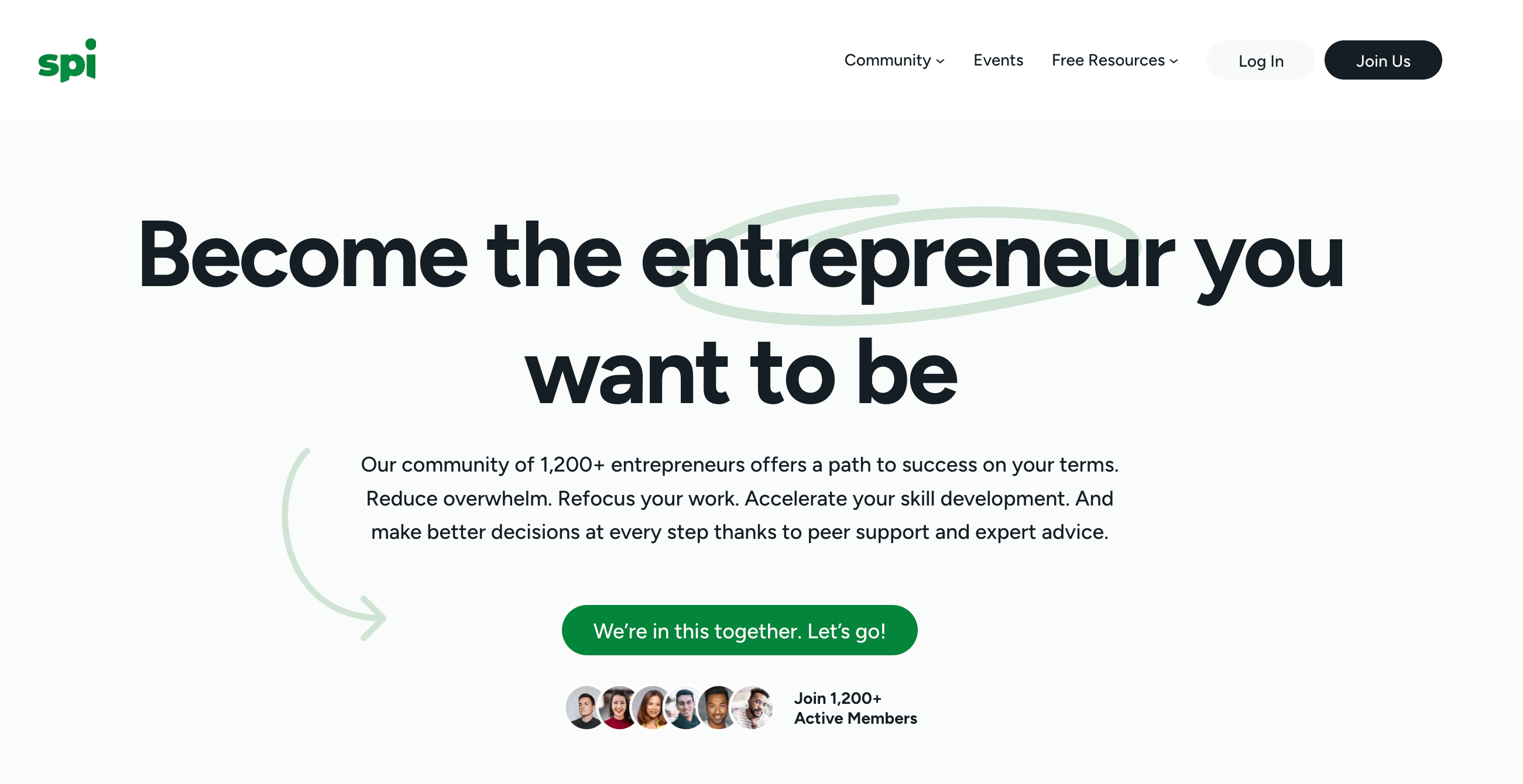







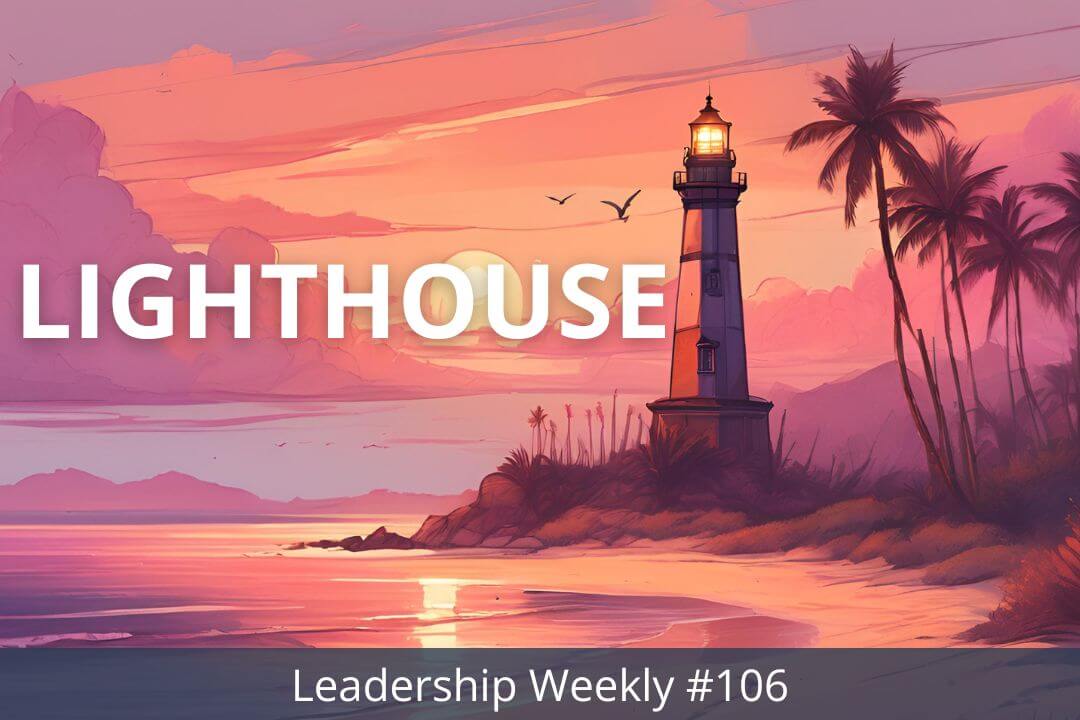

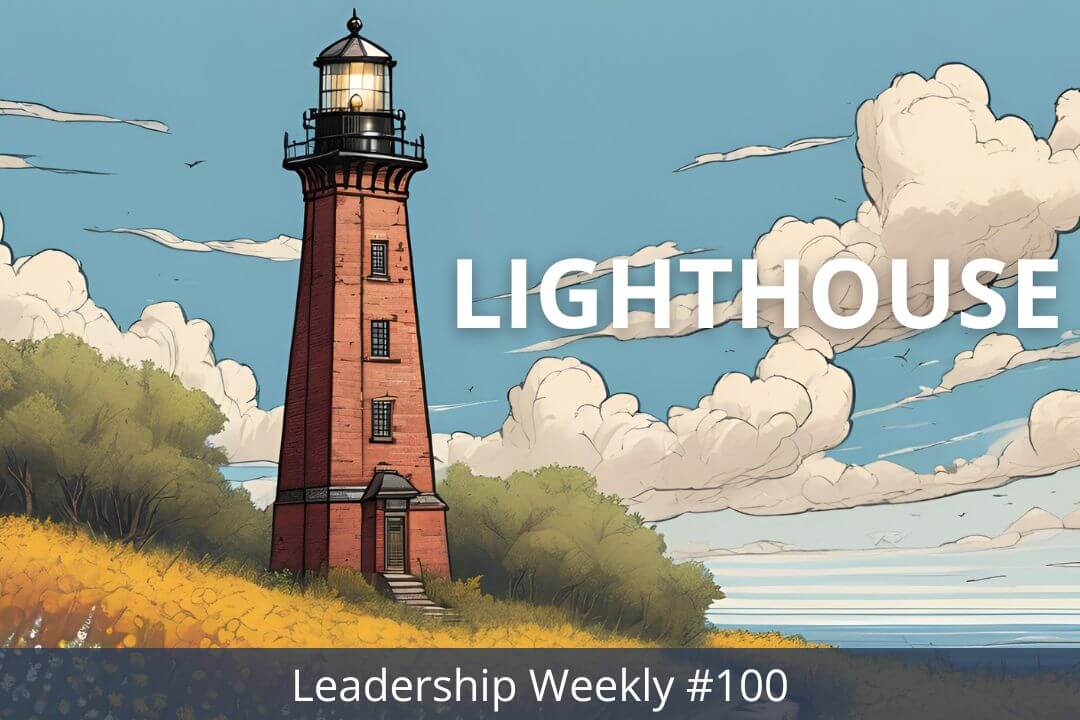
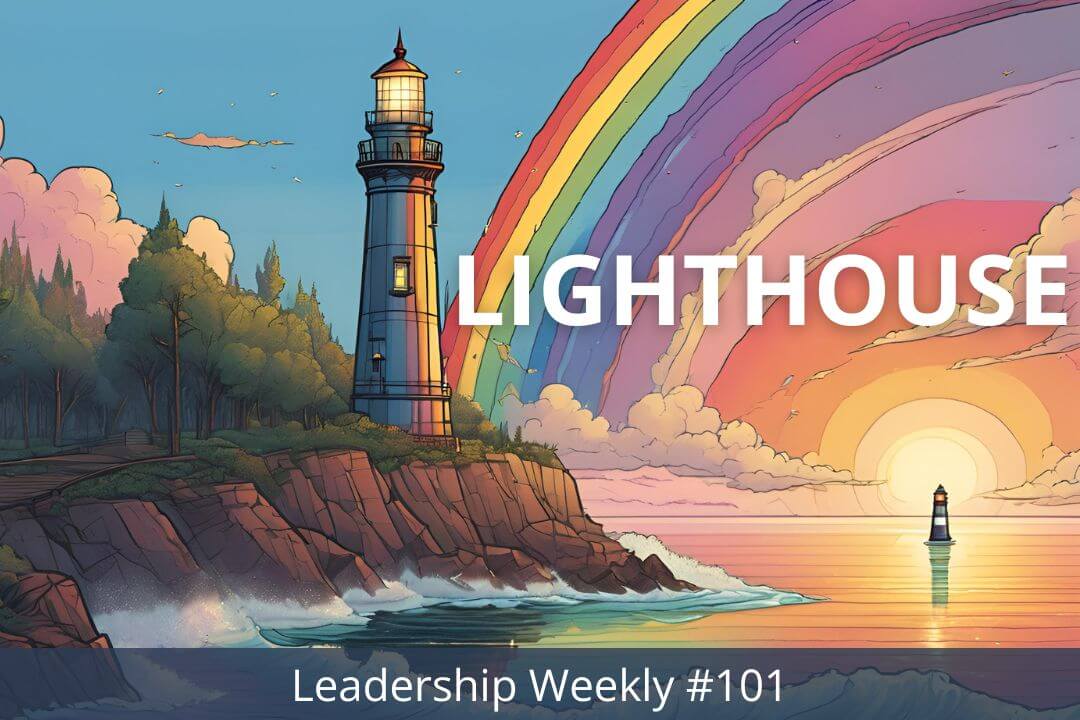
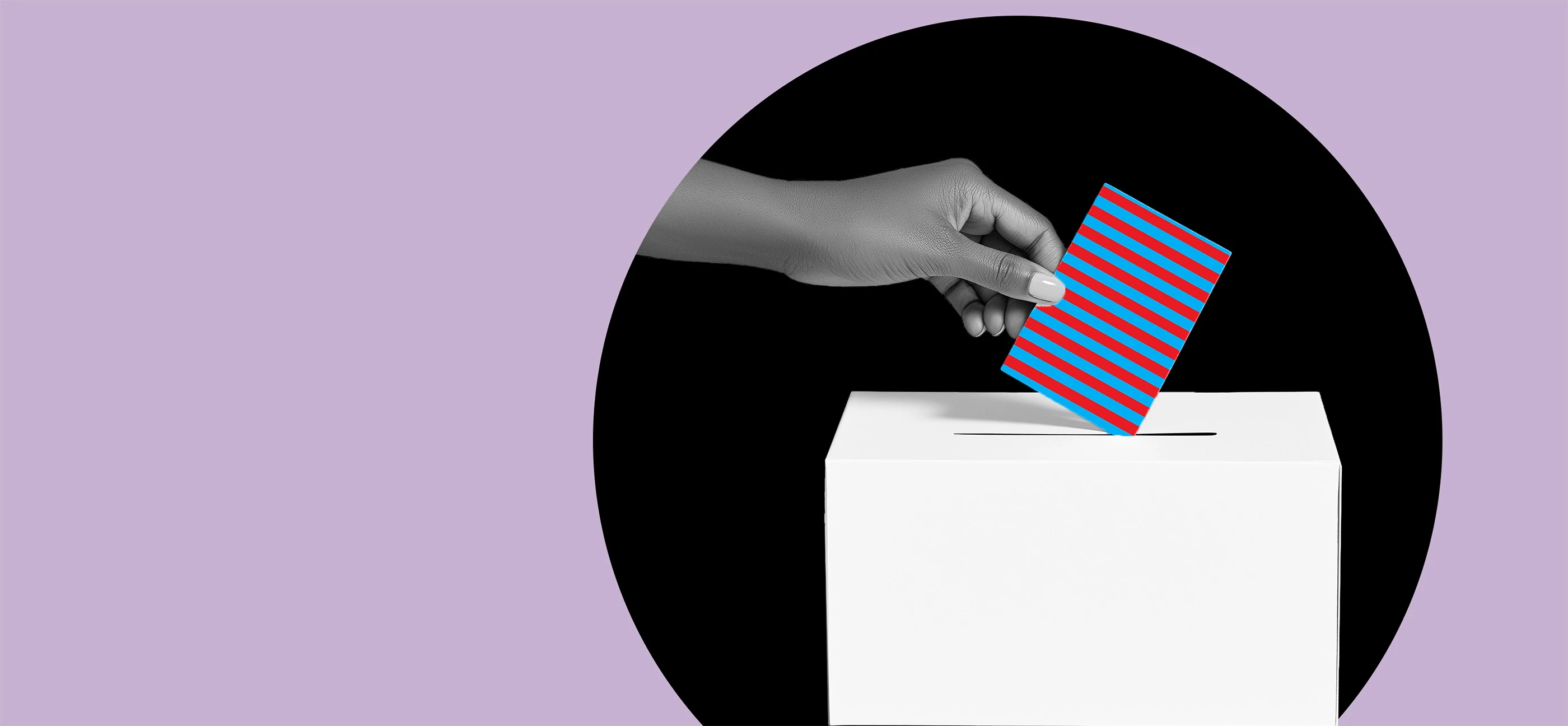
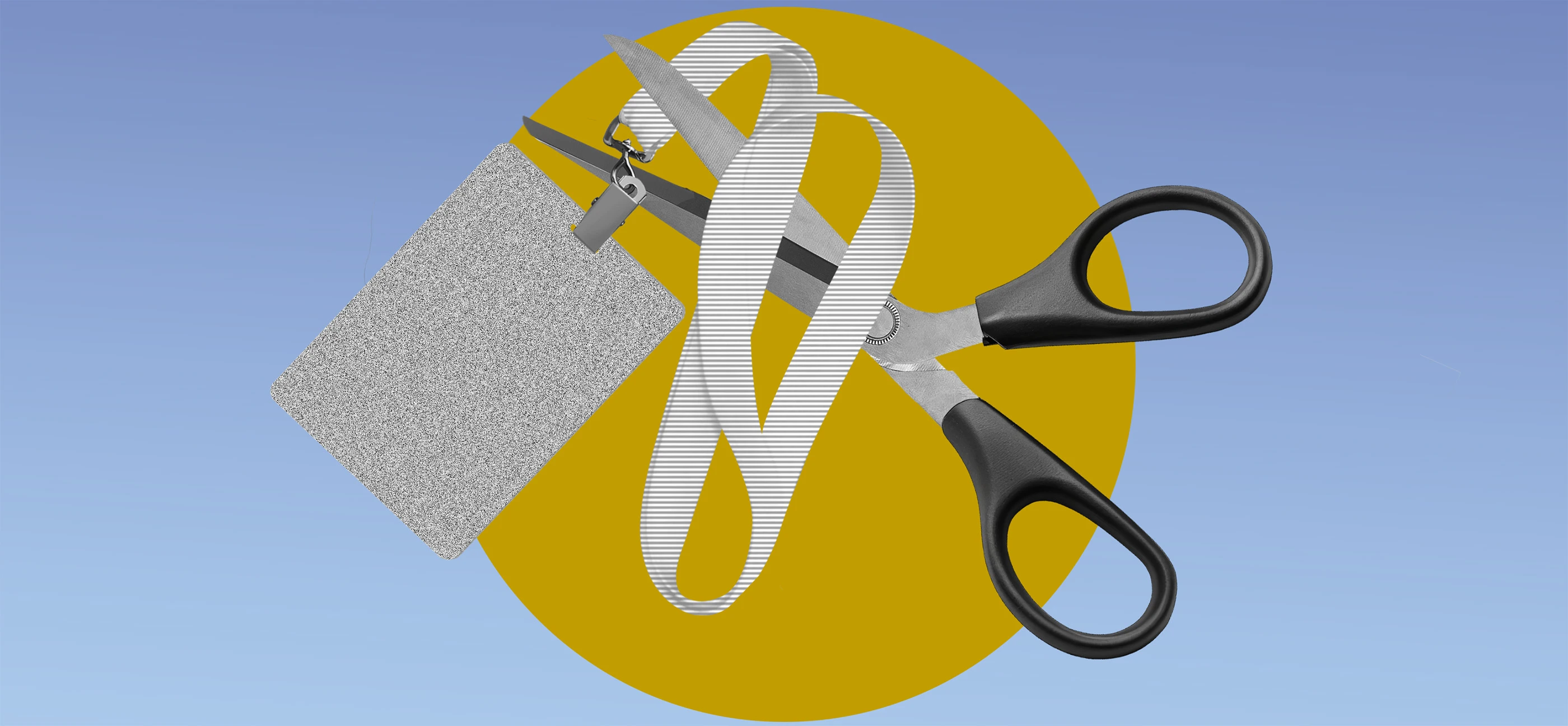












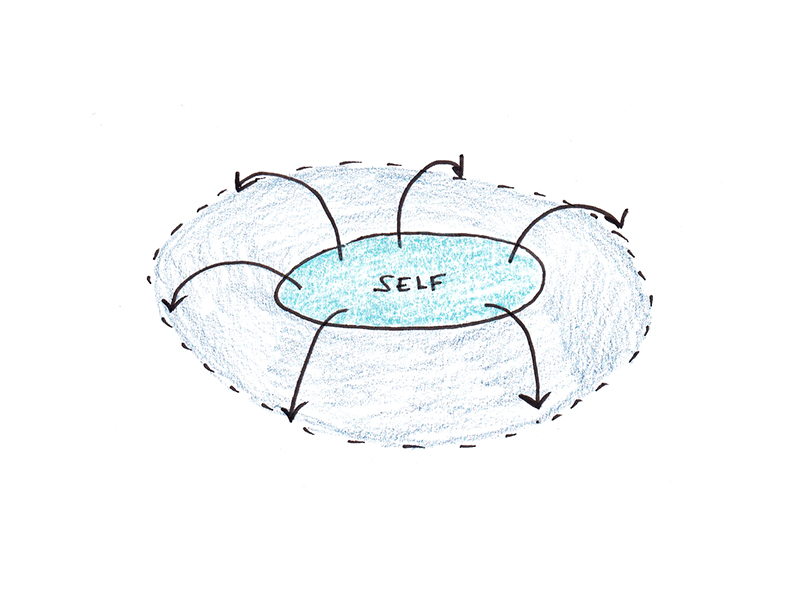
















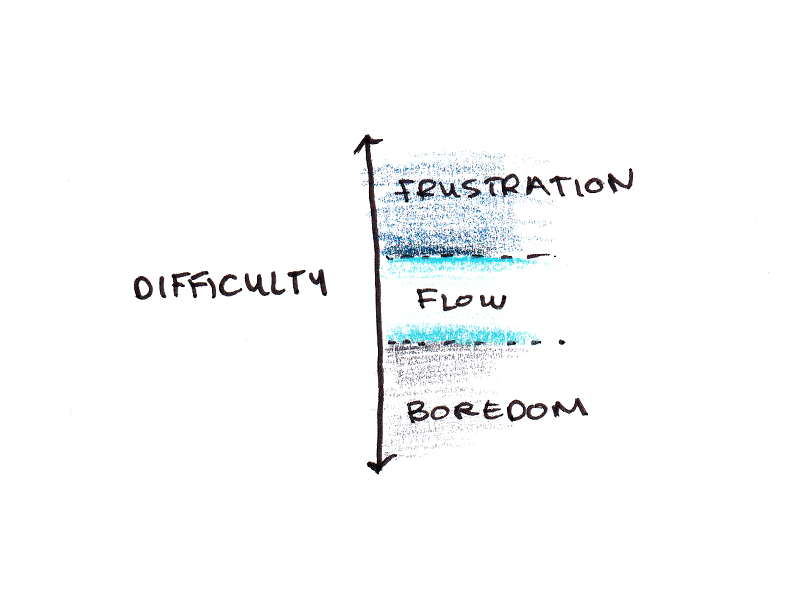
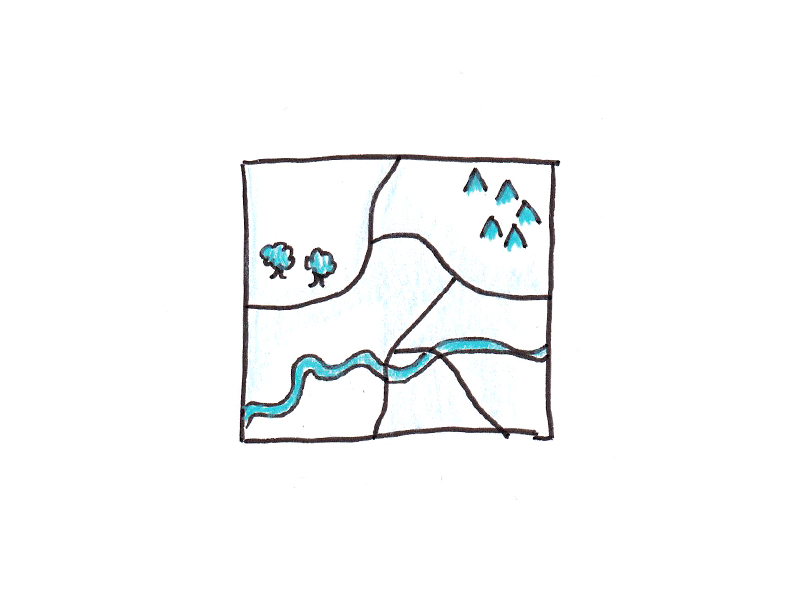
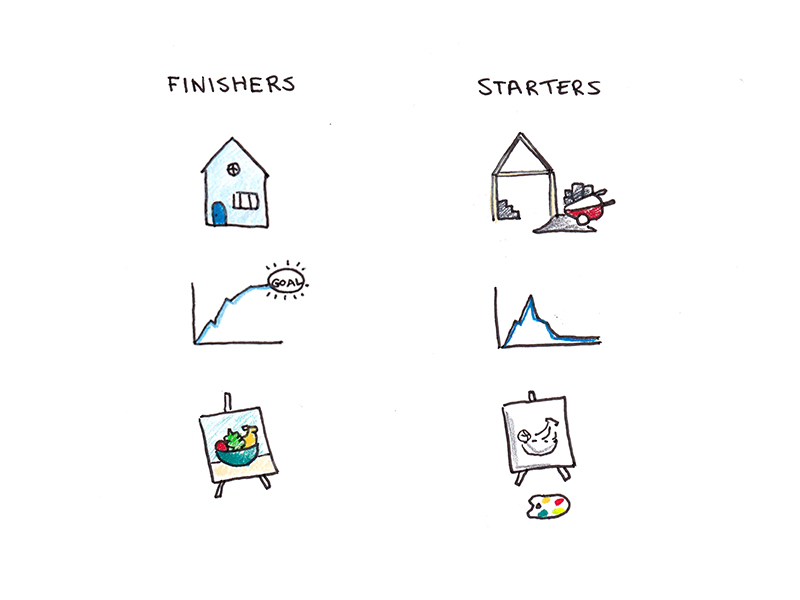

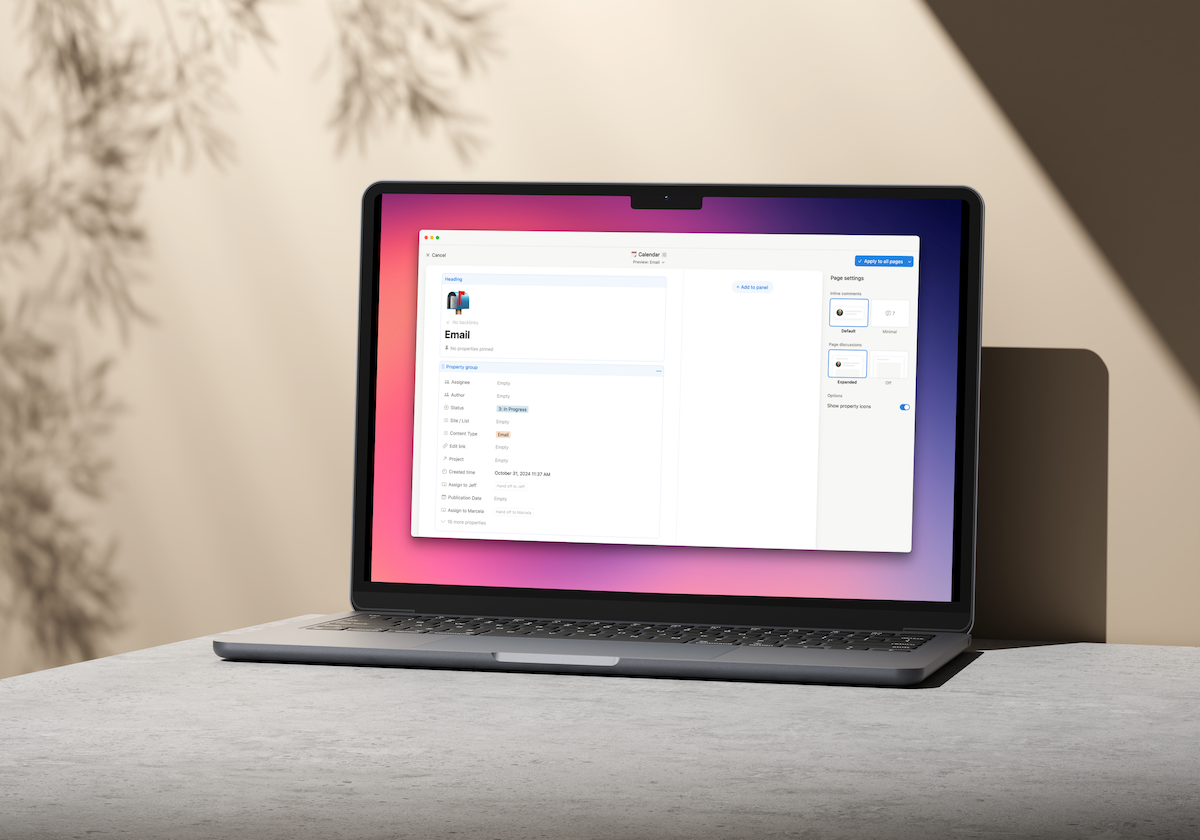
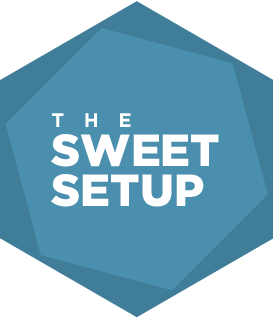




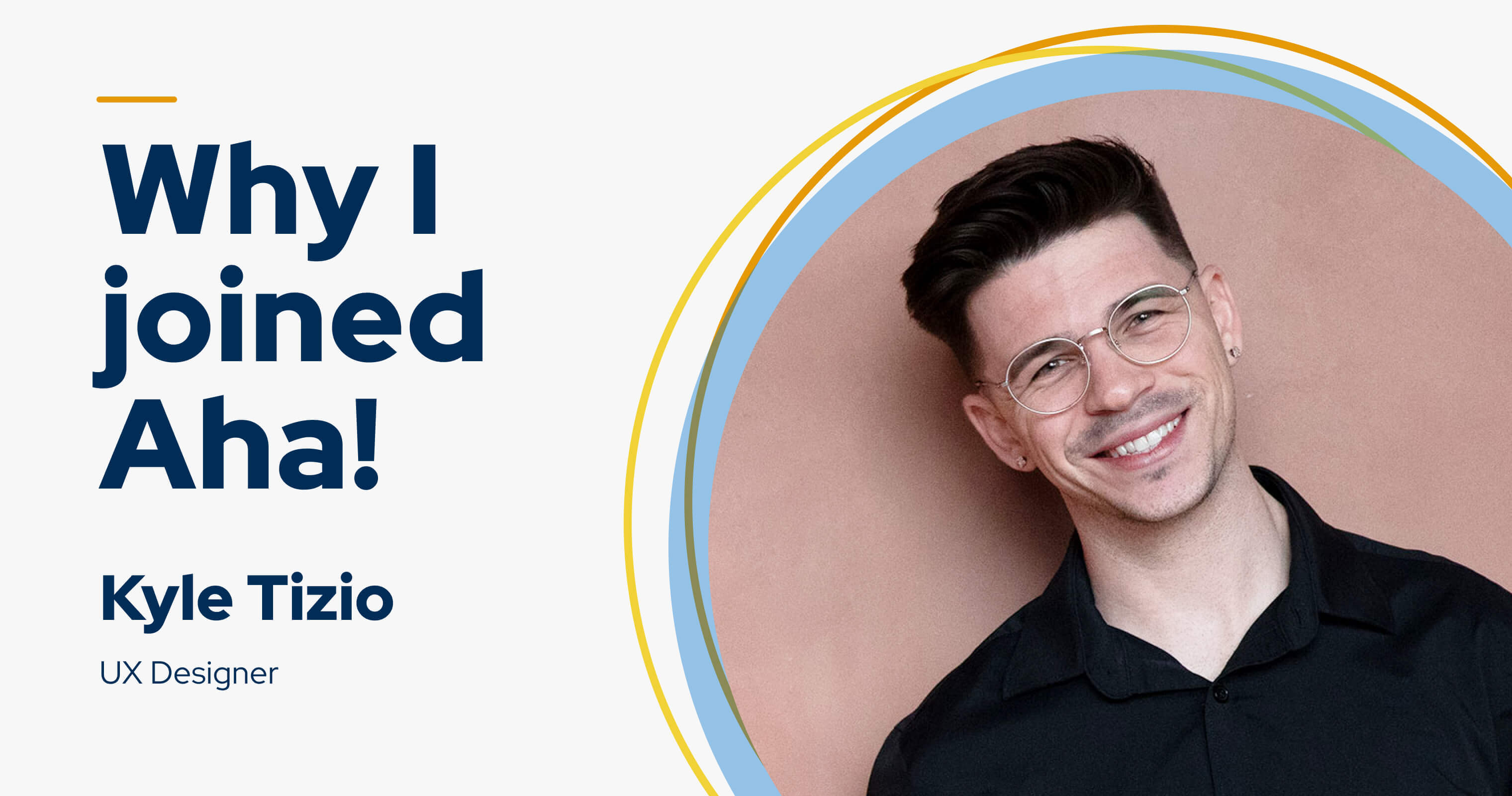







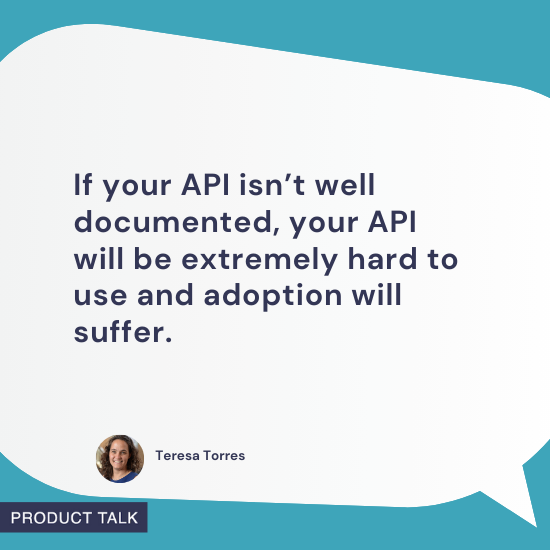
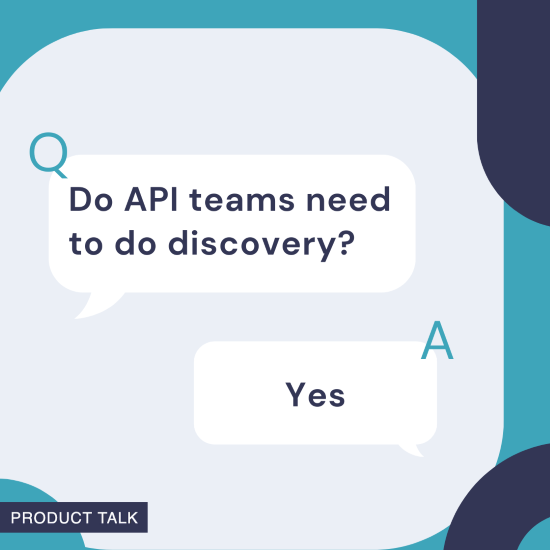
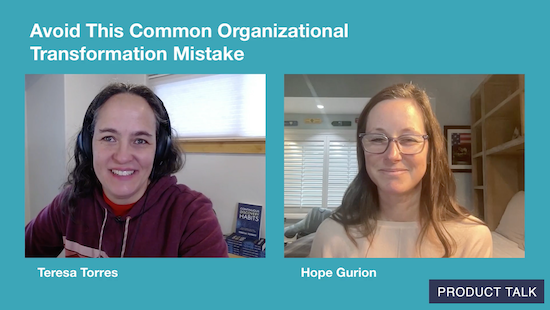
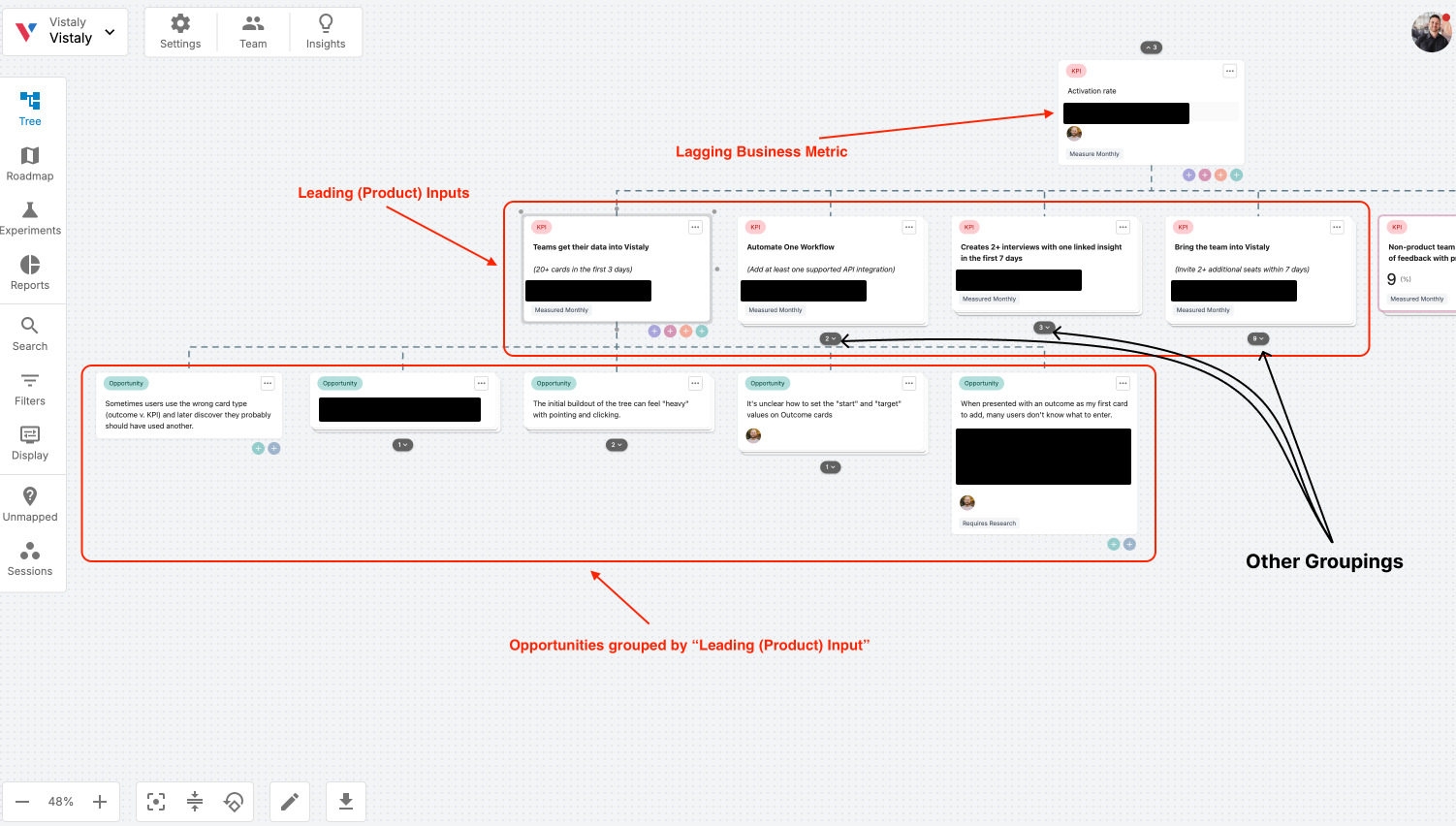



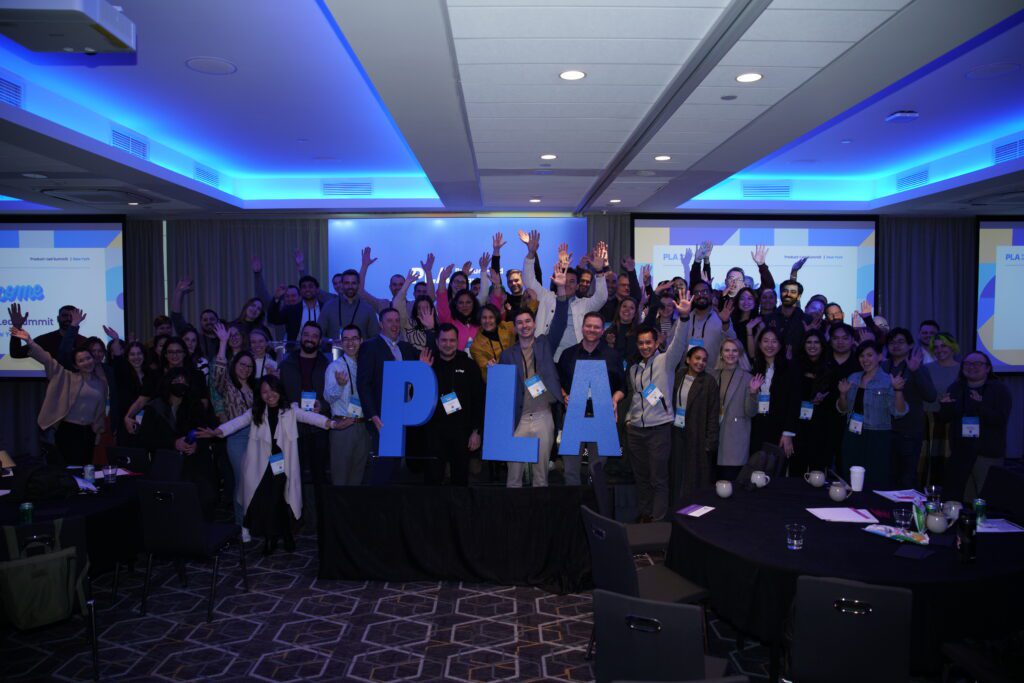








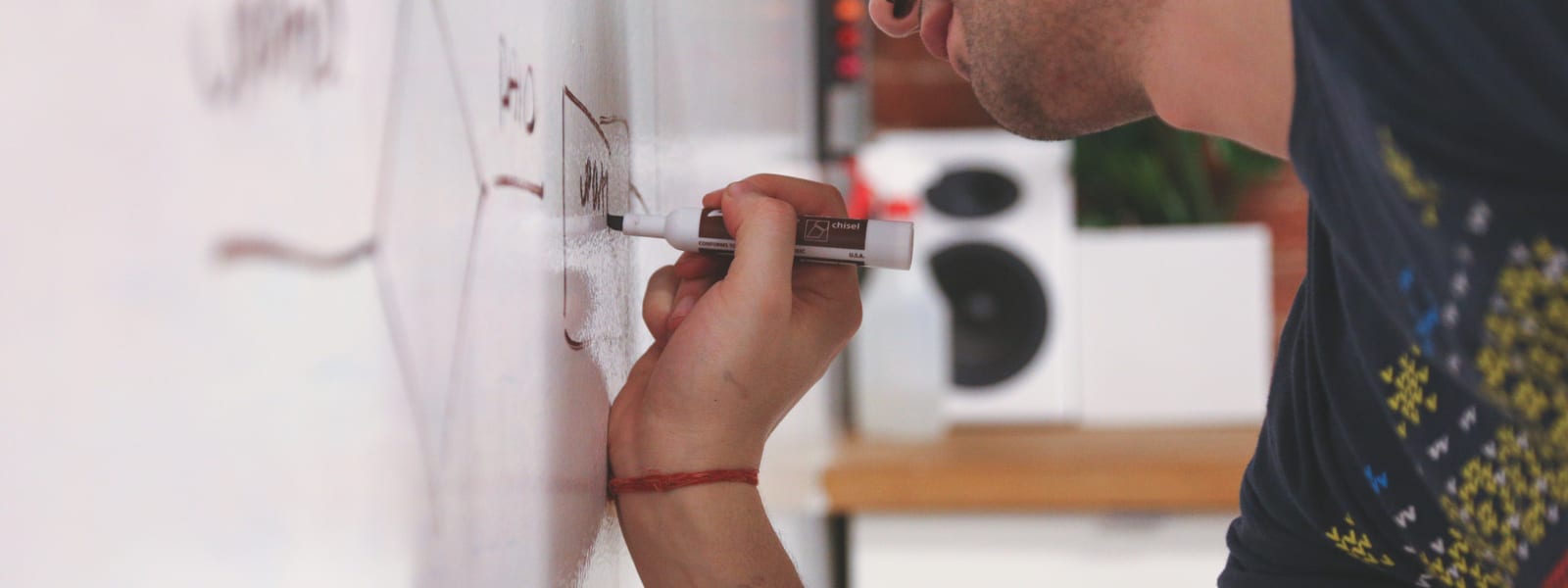

![Building A Digital PR Strategy: 10 Essential Steps for Beginners [With Examples]](https://buzzsumo.com/wp-content/uploads/2023/09/Building-A-Digital-PR-Strategy-10-Essential-Steps-for-Beginners-With-Examples-bblog-masthead.jpg)
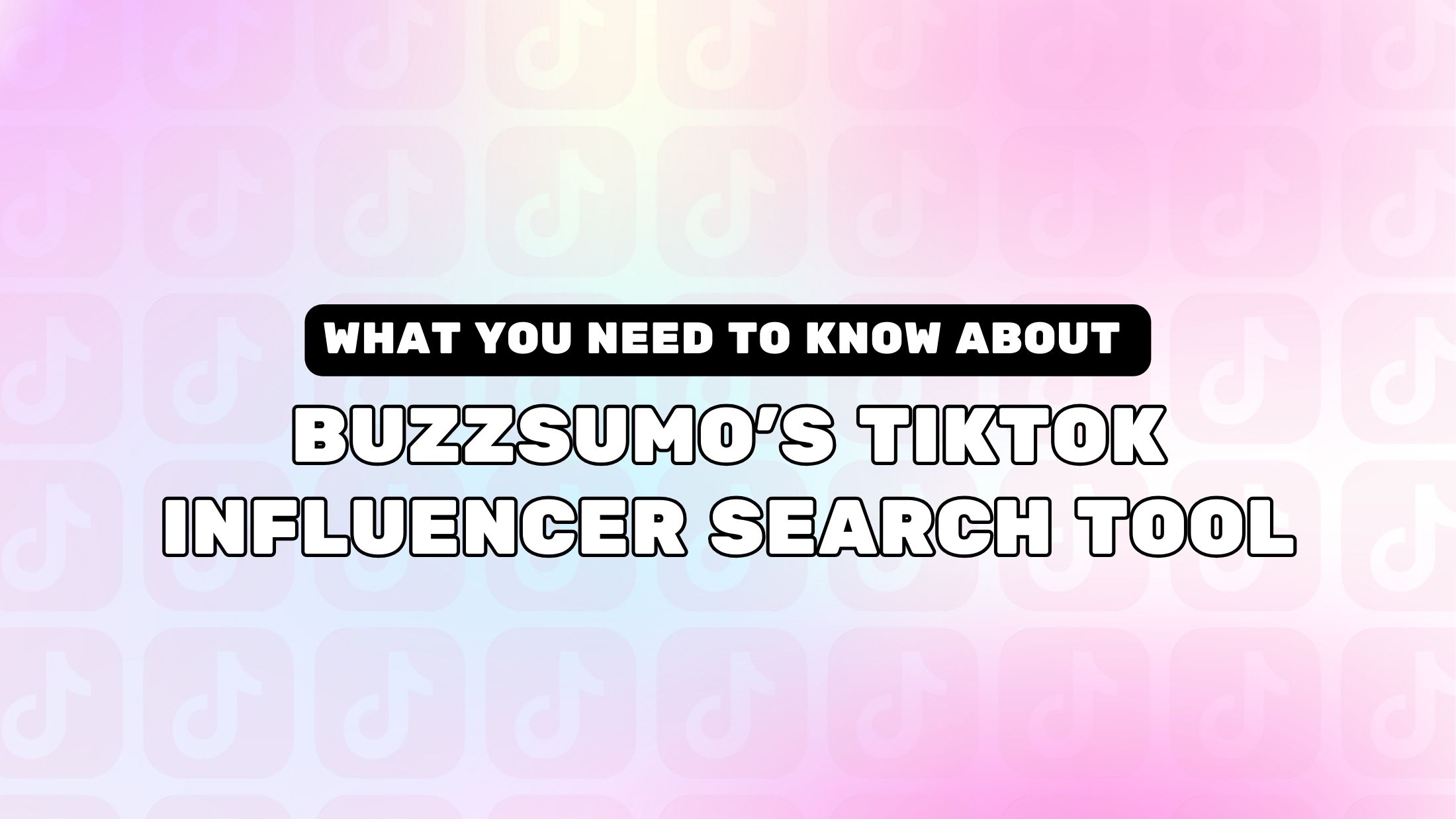

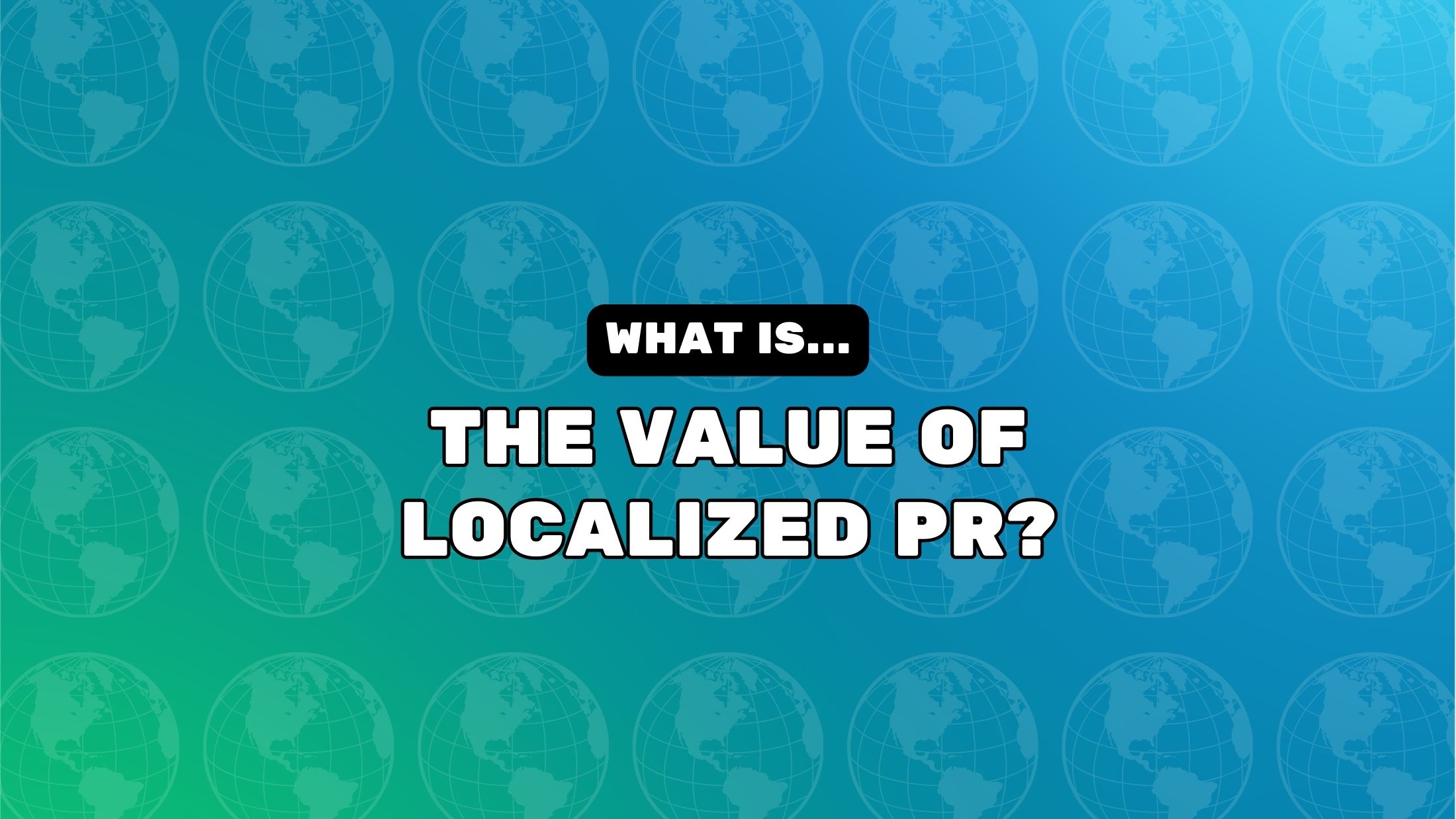


![How One Brand Solved the Marketing Attribution Puzzle [Video]](https://contentmarketinginstitute.com/wp-content/uploads/2025/03/marketing-attribution-model-600x338.png?#)





